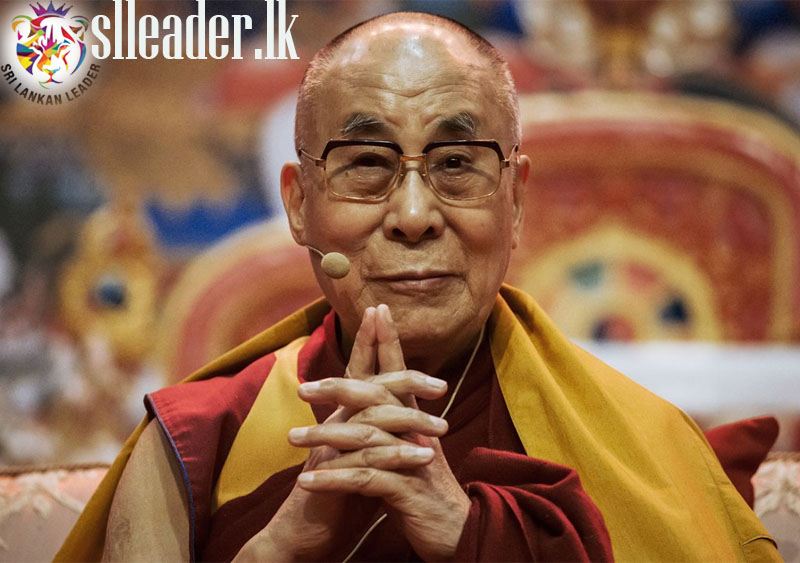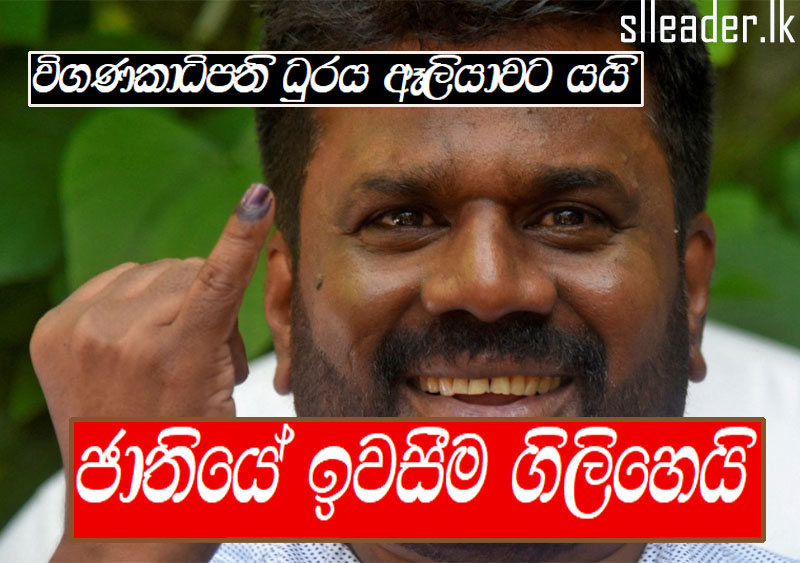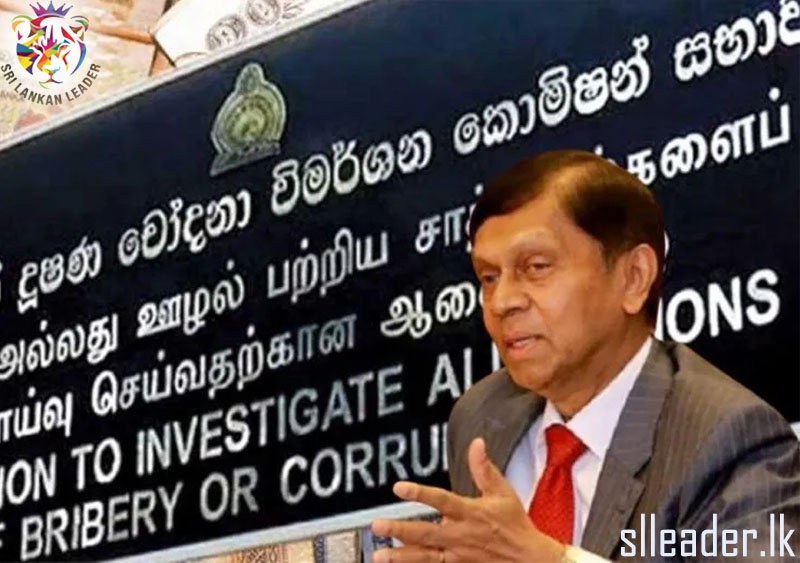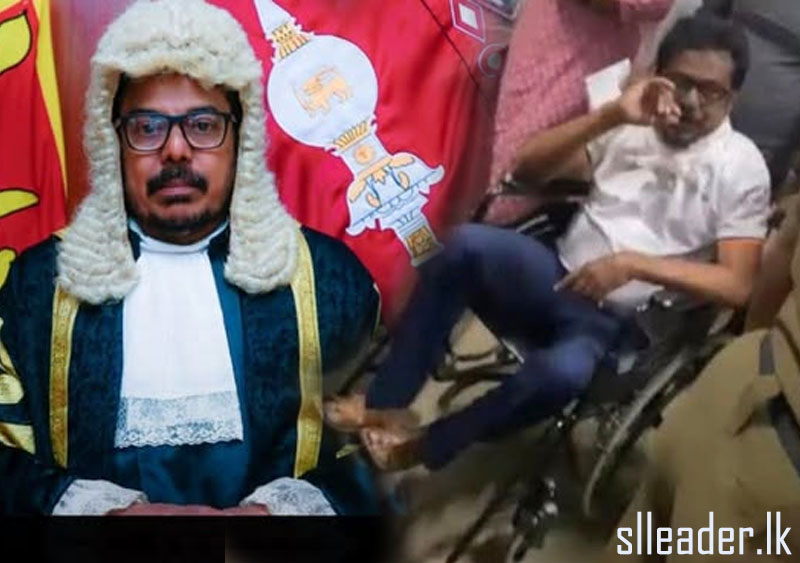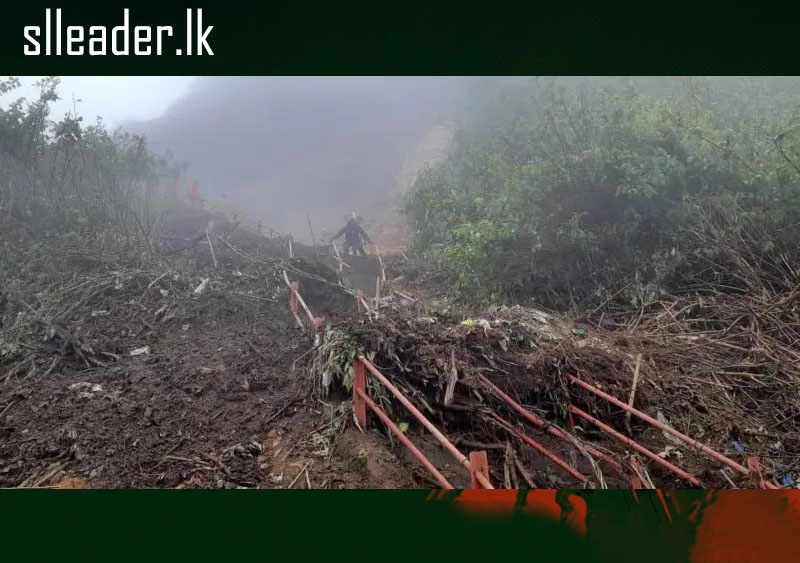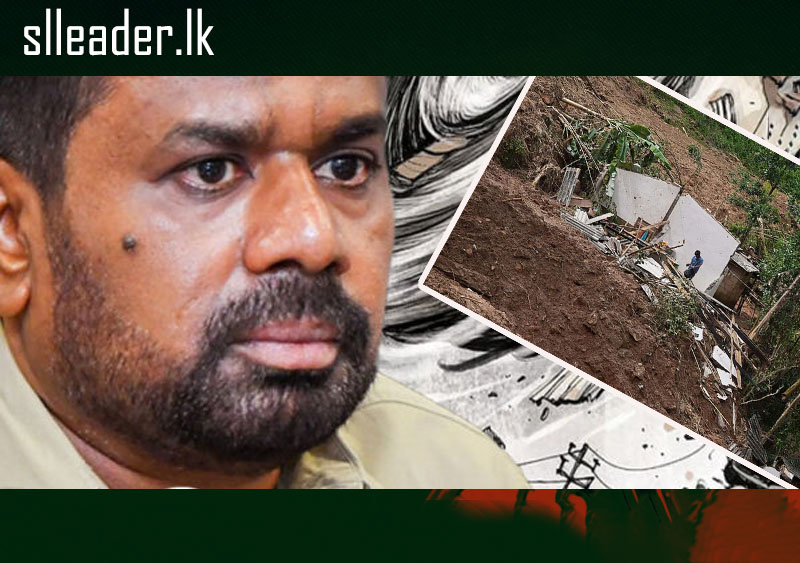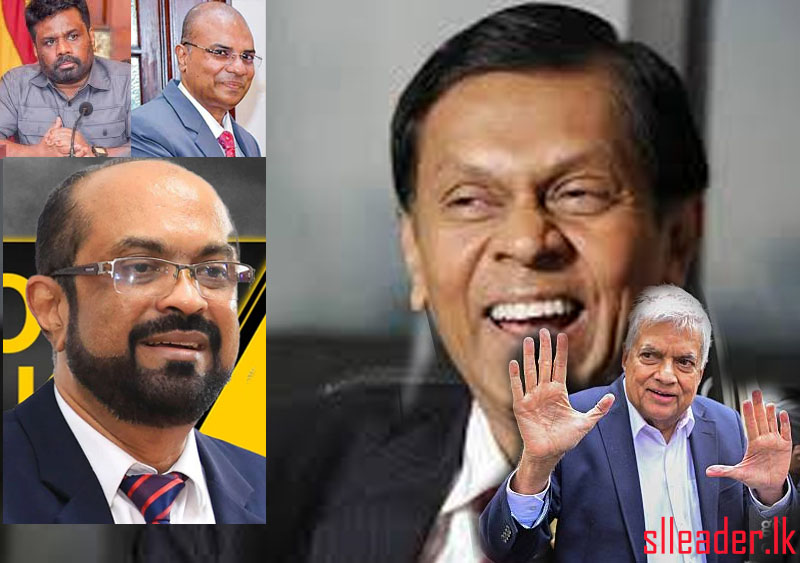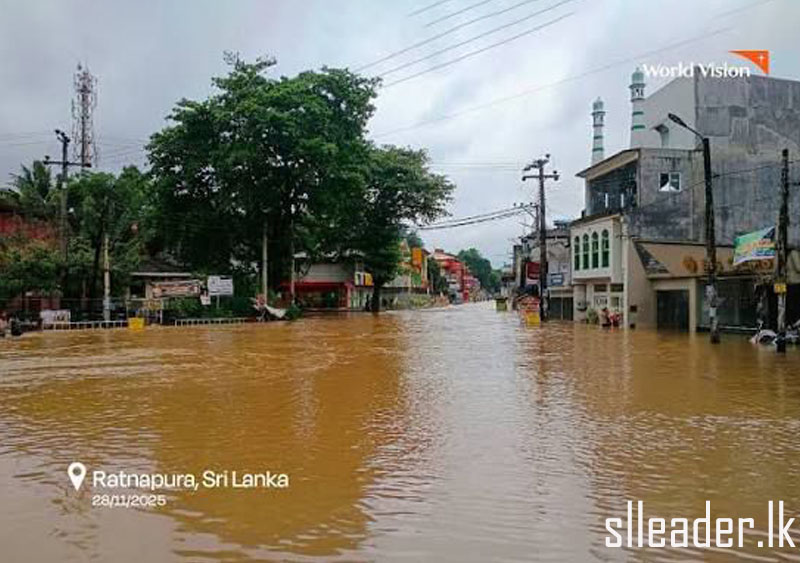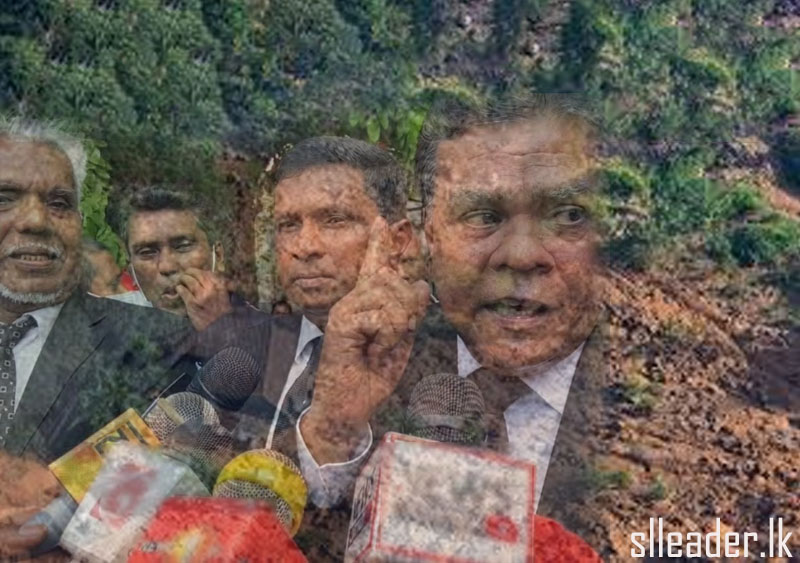On July 6, 2025, the world celebrates the 90th birthday of His Holiness
the 14th Dalai Lama “Tenzin Gyatso” a living embodiment of compassion, resilience, and spiritual wisdom.
Revered globally as a Nobel Peace Laureate and an advocate of nonviolence, His Holiness stands not merely as the temporal leader of the Tibetan people, but as a moral compass for humanity in an increasingly turbulent world. His journey from the snow-capped heights of Lhasa to the plains of India (India), and from the anguish of exile to the universal language of hope, offers a testament to the indomitable human spirit.
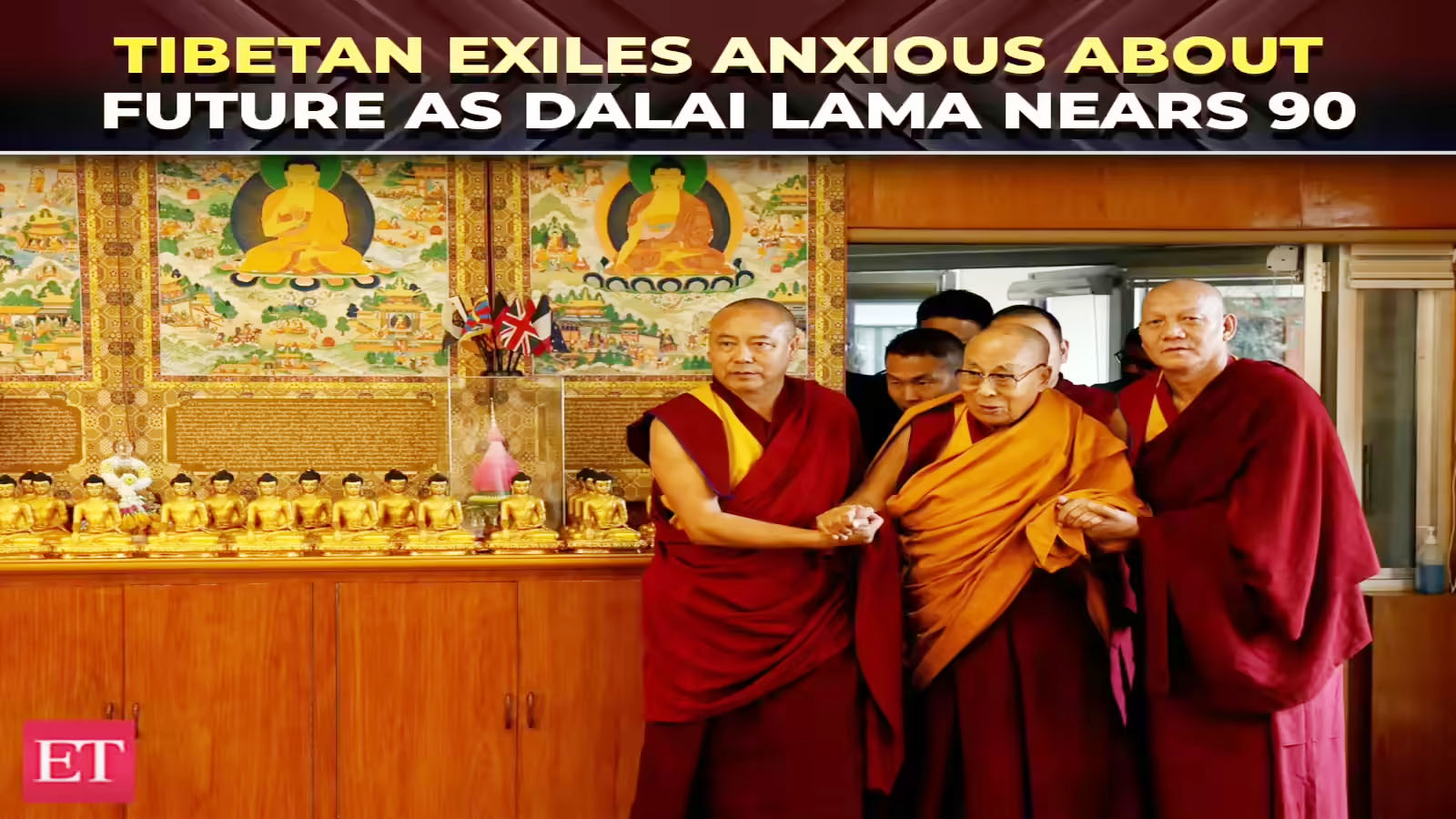
Early Life and Discovery as the Dalai Lama
Born on July 6, 1935, in a small village called Taktser in northeaster Tibet, Lhamo Thondup was identified as the reincarnation of the 13th Dalai Lama at the age of two. At five, he was formally enthroned in Lhasa as the 14th Dalai Lama and began his monastic education. By 15, he was entrusted with full political responsibilities after China’s military aggression into Tibet. The young spiritual leader found himself facing one of the gravest threats to Tibetan civilisation.
The Struggle and Exile
The Chinese invasion of Tibet in 1950 began a protracted period of conflict, resulting in widespread repression, destruction of monasteries, and erosion of Tibetan culture. After a failed uprising against Chinese rule in 1959, His Holiness was forced to flee Tibet. He crossed the Himalayas and was granted asylum by the Government of India, birth place of the Dhamma.
This marked the beginning of a historic relationship between India and Tibet, one that has matured into a deep spiritual and civilisational bond. For His Holiness, India became not only a physical refuge but a philosophical home — the land of the Buddha, Nagarjuna, and Shantideva, whose teachings shaped his vision of life and leadership.
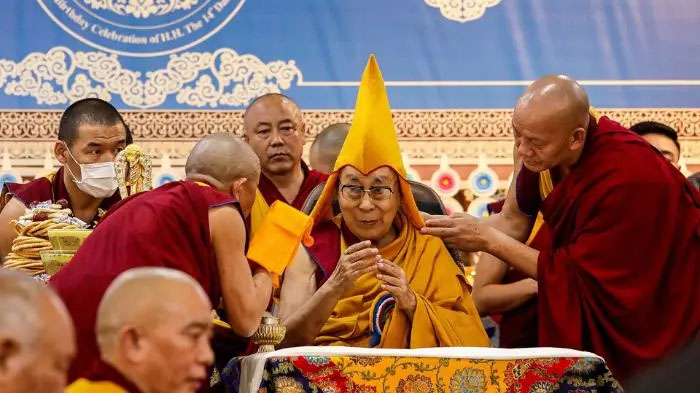
A Refuge in India: Building a Nation in Exile
Since 1959, the Dalai Lama and over 80,000 Tibetan refugees began a new chapter on Indian soil, settling in Himachal Pradesh, Karnataka, and other parts of the country. Dharamshala, nestled in the Kangra Valley, became the seat of the Central Tibetan Administration (CTA) and a spiritual center for Tibetans worldwide. Unlike the usual refugee crisis marked by despair and dependency, the Tibetan community in India represents an exemplary model of resilience, self-reliance, and cultural preservation.
Tibetan settlements established schools, monastic institutions, and craft cooperatives, reflecting the community’s emphasis on education and self-governance. In particular, institutions like the Library of Tibetan Works and Archives, the Tibetan Children’s Village, and Namgyal Monastery continue to train the next generation of Tibetans in both modern and traditional disciplines.
The Dalai Lama, through his untiring efforts, ensured that the Tibetan identity would not merely survive in exile but flourish. His leadership turned exile into an opportunity for global engagement and moral influence.
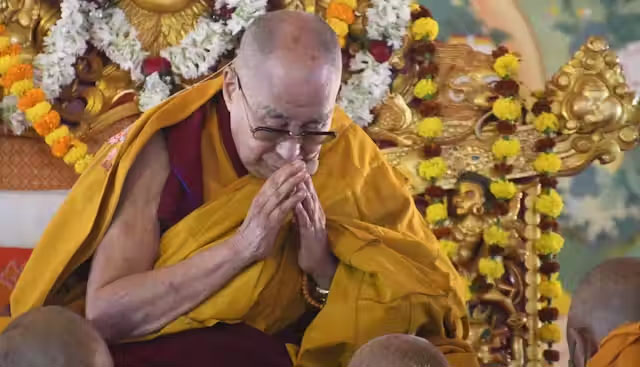
His Message: Compassion and Universal Responsibility
At the heart of the Dalai Lama’s philosophy lies the principle of karuna (compassion). He constantly emphasises that compassion is not a religious concept but a human necessity — an emotional intelligence that fosters peace, empathy, and cooperation. For him, “My religion is very simple. My religion is kindness.”
In his writings and speeches, His Holiness speaks about the importance of secular ethics — a set of moral values that transcend religious boundaries. He appeals to scientists, educators, policymakers, and youth across cultures to embrace compassion, nonviolence, and emotional well-being as foundational to a sustainable future.
His initiatives like the “Ethics for the New Millennium,” dialogues with neuroscientists under the Mind and Life Institute, and support for environmental causes, demonstrate a far-sighted understanding of the interconnected challenges facing the world. From climate change to mental health, from refugee crises to interfaith dialogue, his voice has been a source of calm reason and spiritual clarity.
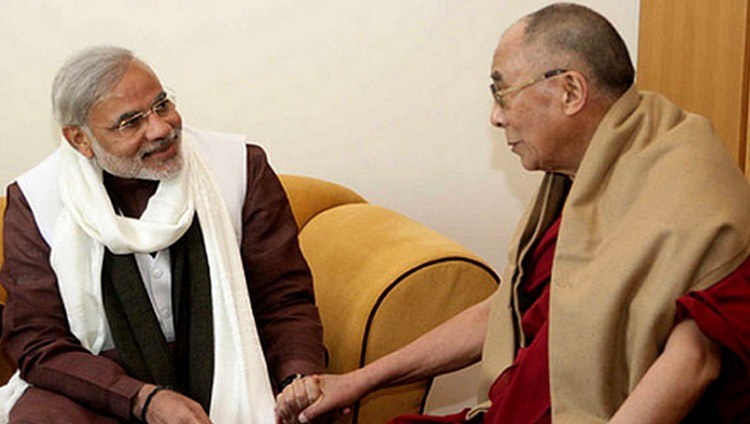
A Gift to India
While India offered sanctuary to His Holiness, he too has given much in return. As a messenger of ancient Indian wisdom, he has consistently acknowledged his spiritual debt to India. “I am a son of India,” he often says. His profound knowledge of Nalanda traditions, Yogachara, Madhyamaka, and Abhidharma reflects his rootedness in the Indian philosophical tradition.
He has been instrumental in reviving Buddhist learning — not just as ritual, but as rational inquiry. His collaborations with Indian universities, scholars, and monasteries have led to a resurgence of interest in Pali and Sanskrit Buddhist texts. His belief that Indian wisdom on mind, emotion, and consciousness holds the key to humanity’s future has inspired academic programs, interfaith forums, and a reassertion of India’s civilisational power. He said that “Even though physically my body is Tibetan, mentally I have been nourished by Nalanda Tradition which is a thousand years old”
Moreover, his emphasis on inner transformation has resonated deeply with Indians across all faiths. From addressing students at Indian universities to meeting village elders, the Dalai Lama’s simplicity and sincerity strike a universal chord.
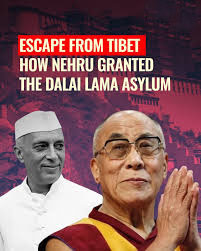
A Unique Refugee Experience: The Tibetan Model
In a world where refugee crises often result in alienation, dependency, and socio-political tensions, the Tibetan experience in India offers a rare success story. The Tibetan community has contributed meaningfully to their host country without demanding political privileges. They have maintained harmony with local populations, preserved their identity, and served as cultural ambassadors of a unique Buddhist heritage.
This is a tribute not only to the Indian tradition of atithi devo bhava (the guest is divine) but also to the Dalai Lama’s visionary leadership. His insistence on nonviolence, respect for local laws, and educational self-reliance ensured that Tibetan refugees would become assets, not burdens, to India.
The global refugee community can learn from this model — how spiritual resilience, education, and ethical leadership can transform forced migration into an opportunity for dignity and growth.
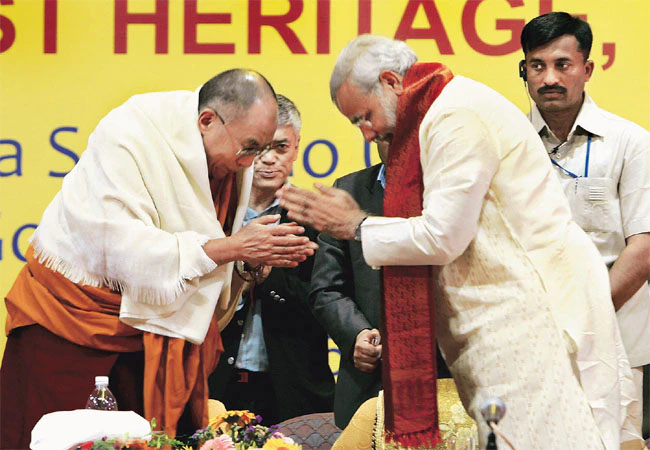
An Icon for Future Generations
At 90, His Holiness remains remarkably active. Although he has gradually stepped back from political responsibilities — devolving his powers to a democratically elected Sikyong (Prime Minister) of the CTA — his moral influence remains unparalleled.
He continues to speak on global platforms, urging the world to embrace peace, sustainability, and dialogue. His advice to younger generations is simple but profound: “Do not use religion to divide. Use compassion to unite.” In a time when identity politics and violent extremism fracture societies, the Dalai Lama’s universal message becomes all the more relevant.
He is also a global advocate for preserving Tibetan culture and autonomy through dialogue. Though he does not seek independence for Tibet, he calls for genuine autonomy — within the framework of the Chinese constitution — that guarantees religious freedom, ecological preservation, and cultural rights. His “Middle Way Approach” reflects his deep commitment to reconciliation without surrender.
Looking Ahead
As the world honours the 90th birthday of His Holiness, it does so not only to mark his age, but to celebrate a life that exemplifies the power of compassion and humility, patience, and hope. In an age defined by speed, materialism, and confrontation, the Dalai Lama’s presence reminds humanity of a different path — one rooted in ahimsa, truth, and Karuna (compassion).
India, in particular, must take pride in nurturing this flame. The Dalai Lama’s life in India is not just a Tibetan story — it is a story of Indian knowledge traditions, spiritual kinship, and mutual growth. He is a bridge between civilisations, a conscience of our times, and a living legend whose legacy will long outlast his physical presence.
As His Holiness turns 90, let us listen closely to his words: “Be kind whenever possible. It is always possible.” In these words, lies the seed of a better world — a world the Dalai Lama has spent a lifetime planting.
@ Dr. Chandan Kumar
(Article coordination by Dr. Damenda Porage)
founder, Pali and Sanskrit Cultural Exchange Centre



